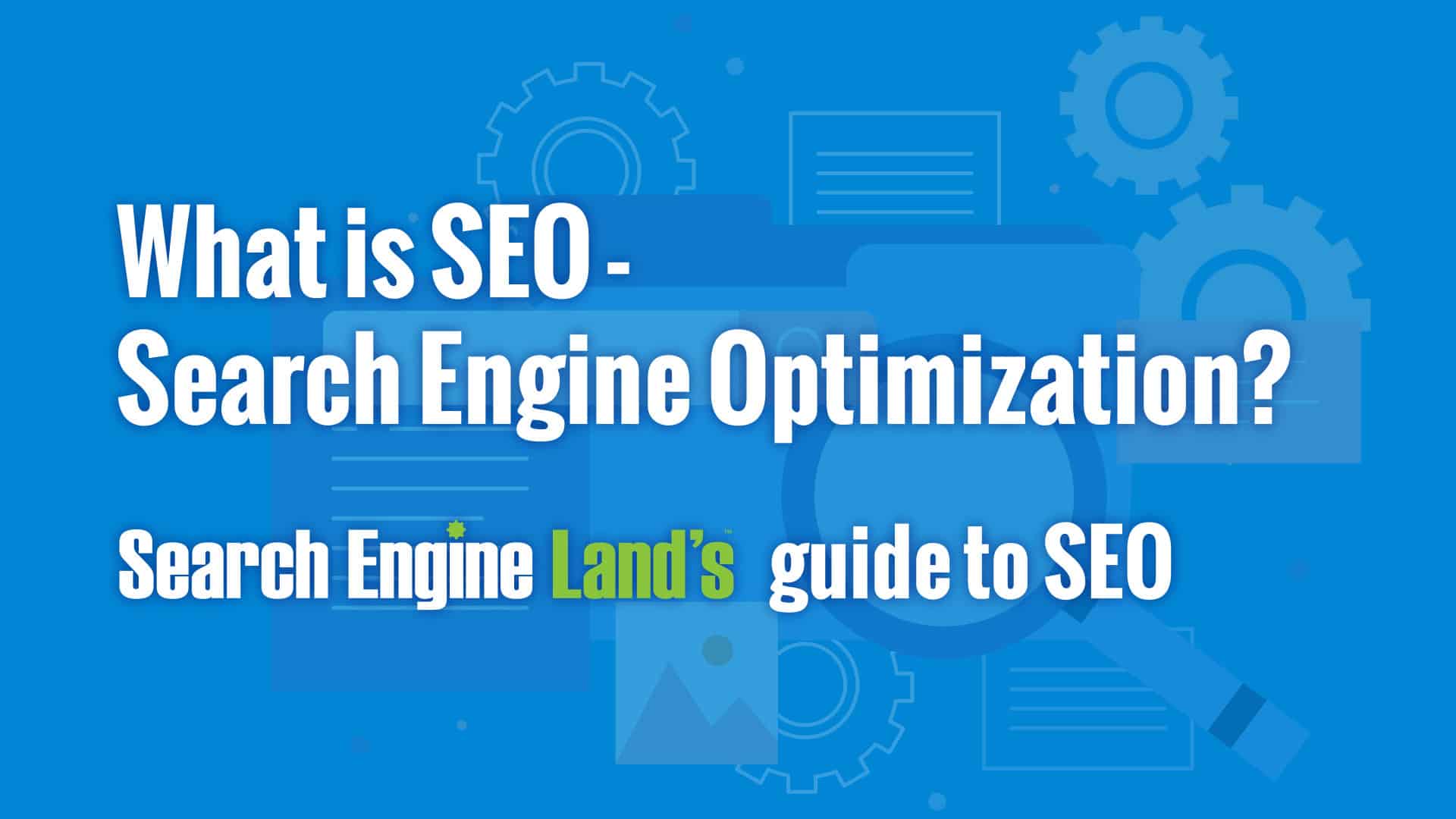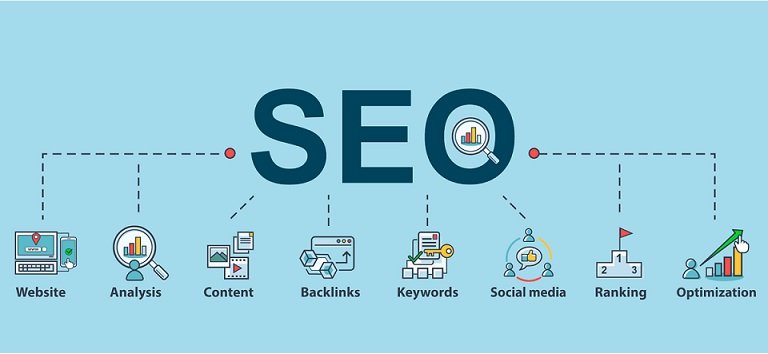In today’s digital age, having a strong online presence is crucial for businesses and individuals alike. Whether you’re running a blog, an e-commerce site, or a corporate website, understanding the basics of Search Engine Optimization (SEO) can significantly enhance your visibility online. This guide will introduce you to the fundamentals of SEO marketing, explaining its importance, key concepts, and actionable strategies to help you get found online.
What is SEO Marketing?

Search Engine Optimization (SEO) refers to the process of optimizing your website to rank higher in search engine results pages (SERPs). When potential customers search for information, products, or services, they typically use search engines like Google, Bing, or Yahoo. SEO involves various techniques and strategies aimed at improving your website’s visibility, thereby increasing organic (non-paid) traffic.
Why is SEO Important?
- Increased Visibility: The higher your website ranks in search results, the more likely users will see and click on your link.
- Credibility and Trust: Websites that appear on the first page of search results are often perceived as more credible and trustworthy by users.
- Better User Experience: Effective SEO practices lead to improved website structure and content quality, enhancing the overall user experience.
- Cost-Effective SEO Marketing: Unlike paid advertising, organic search traffic is free, making SEO a cost-effective SEO marketing strategy.
- Long-Term Results: While SEO requires time and effort, the results can be long-lasting, providing ongoing traffic to your website.
Key Components of SEO

Understanding SEO involves familiarizing yourself with its key components, which can be broadly categorized into three main areas: On-Page SEO, Off-Page SEO, and Technical SEO.
1. On-Page SEO
On-page SEO refers to the practices you implement directly on your website to improve its search rankings. Key elements include:
- Keyword Research: Identify relevant keywords that potential customers use in their search queries. Tools like Google Keyword Planner, SEMrush, or Ahrefs can help you find high-traffic keywords.
- Content Quality: Create high-quality, valuable content that addresses the needs and questions of your audience. Use your targeted keywords naturally throughout the content.
- Title Tags and Meta Descriptions: Craft compelling title tags and meta descriptions that include your primary keywords. These elements appear in search results and can significantly influence click-through rates.
- Headings and Subheadings: Use proper headings (H1, H2, H3) to structure your content. Include keywords in these headings to enhance relevance.
- Image Optimization: Optimize images by using descriptive file names and adding alt text. This helps search engines understand the content of your images.
2. Off-Page SEO

Off-page SEO involves activities performed outside your website to improve its authority and ranking. Key practices include:
- Backlink Building: Acquiring high-quality backlinks from reputable websites signals to search engines that your content is trustworthy and valuable. Focus on creating shareable content, guest blogging, and networking with industry influencers.
- Social Media Engagement: Share your content on social media platforms to increase visibility and drive traffic. Engaging with your audience on these platforms can enhance your brand’s authority.
- Online Reputation Management: Monitor and manage your online reviews and mentions. Positive reviews can improve your credibility and influence potential customers’ decisions.
3. Technical SEO
Technical SEO focuses on optimizing the infrastructure of your website to ensure it meets search engine standards. Key aspects include:
- Site Speed: A fast-loading website enhances user experience and can positively impact rankings. Use tools like Google PageSpeed Insights to analyze and improve your site speed.
- Mobile Friendliness: With the increasing use of mobile devices, having a mobile-responsive website is essential. Google prioritizes mobile-friendly websites in its rankings.
- XML Sitemap: Create and submit an XML sitemap to help search engines index your website more effectively. This file provides information about your site’s structure and content.
- SSL Certificate: Implementing HTTPS by obtaining an SSL certificate enhances your site’s security, which is a ranking factor for Google.
Getting Started with SEO
Now that you understand the basics of SEO, here are actionable steps to get started:
- Conduct Keyword Research: Use keyword research tools to identify relevant keywords for your niche. Look for keywords with high search volume and low competition.
- Optimize Your Website: Implement on-page SEO techniques by optimizing title tags, meta descriptions, headings, and content based on your keyword research.
- Create High-Quality Content: Focus on producing valuable, engaging content that addresses your audience’s needs. Regularly update your blog or website with fresh content.
- Build Backlinks: Start building backlinks by guest posting, collaborating with influencers, and creating shareable content. Monitor your backlink profile using tools like Ahrefs or Moz.
- Track Your Performance: Use analytics tools like Google Analytics and Google Search Console to monitor your website’s performance. Track key metrics such as traffic, bounce rate, and conversion rates to assess the effectiveness of your SEO efforts.
- Stay Updated: SEO is constantly evolving, with search engines frequently updating their algorithms. Stay informed about the latest trends and best practices by following reputable SEO blogs and resources.
Conclusion
SEO marketing is a powerful tool for increasing your online visibility and driving organic traffic to your website. By understanding the fundamental concepts of on-page, off-page, and technical SEO, you can implement effective strategies that improve your search engine rankings. While SEO requires ongoing effort and patience, the long-term benefits are well worth it. Start today, and watch your online presence grow!









